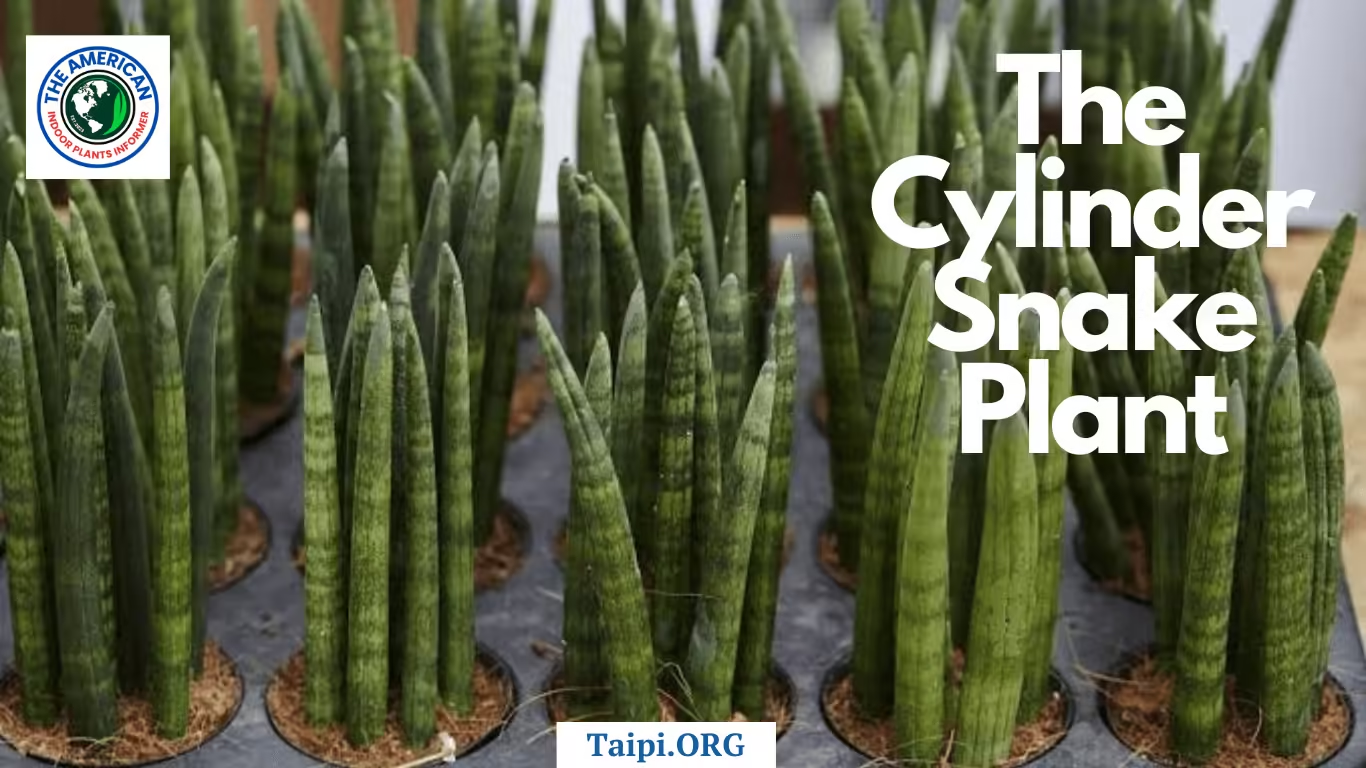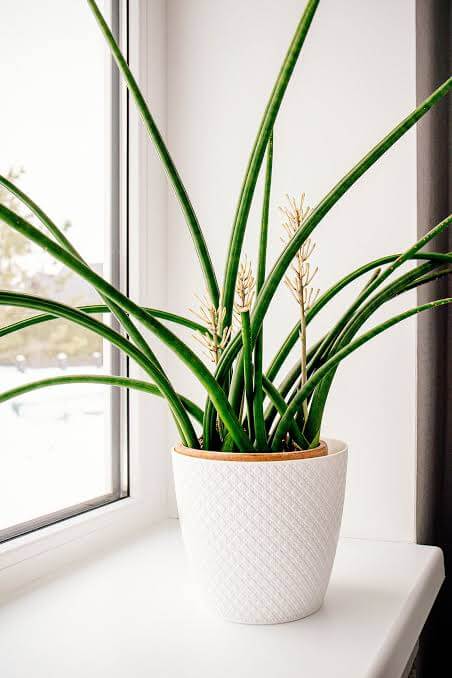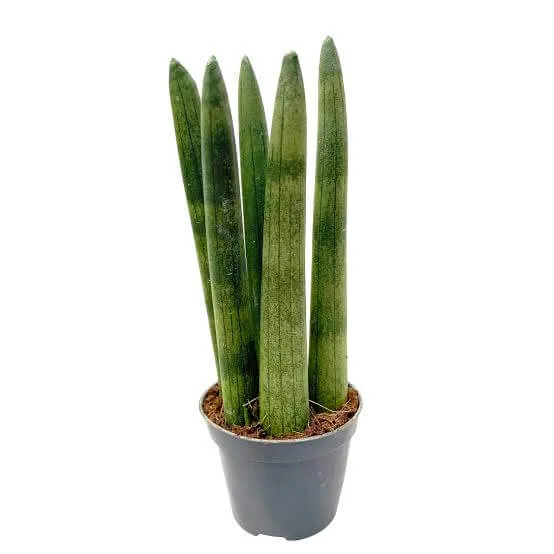
INDOOR plants have become an integral part of modern interior design, not only for their aesthetic appeal but also for their air-purifying qualities. Among the myriad options available, the Cylinder Snake Plant also known as Sansevieria cylindrica or Dracaena angolensis stands out as an elegant and resilient choice. But why is this snake plant unique?
The Cylinder Snake Plant boasts cylindrical, spear-like foliage that adds a touch of sophistication to any interior space.
The Beauty of the Cylinder Snake Plant

The Cylinder Snake Plant is characterized by its long, tubular leaves that gracefully arch upwards, creating a distinctive and eye-catching display.
The cylindrical shape of the leaves sets it apart from its more common counterpart, the Sansevieria trifasciata, commonly known as the Snake Plant or Mother-in-law’s Tongue.
The leaves of the Cylinder Snake Plant are typically dark green, with lighter green patterning that enhances its visual appeal.
Besides, the shape not only adds a modern twist to the traditional snake plant but also makes it an excellent choice for contemporary and minimalist decor.
Hardiness and Low Maintenance
One of the most appealing aspects of the Cylinder Snake Plant is its hardiness and low maintenance requirements.
This plant is renowned for its ability to thrive in a variety of conditions, including low light and irregular watering. Its resilience makes it an ideal choice for those who are new to plant care or have a busy lifestyle.
In addition, the Cylinder Snake Plant is excellent in air-purifying abilities. Like its close relatives, it helps improve indoor air quality by removing toxins and releasing oxygen, making it a valuable addition to homes and offices.
Caring for Your Cylinder Snake Plant

Caring for a Cylinder Snake Plant is relatively straightforward, making it an excellent choice for both seasoned plant enthusiasts and beginners. Here are some tips for ensuring your Cylinder Snake Plant thrives:
Light
While the Cylinder Snake Plant can tolerate low light conditions, it prefers indirect bright light. Place it near a window with filtered sunlight for optimal growth.
Watering
Allow the soil to dry out between waterings, as the Cylinder Snake Plant is prone to root rot if overwatered. Water sparingly, especially during the winter months when its growth slows down.
Soil
Use well-draining soil to prevent waterlogging. A cactus or succulent mix is suitable for the Cylinder Snake Plant.
Temperature
This plant is adaptable to a range of temperatures but prefers temperatures between 70-90°F (21-32°C).
Fertilization
Feed your Cylinder Snake Plant with a balanced liquid fertilizer diluted to half strength during the growing season (spring and summer).
Cylinder Snake Plant FAQs
Q: How often should I water my Cylinder Snake Plant?
A: It is generally safe to water your Cylinder Snake Plant once every winter and every two weeks during summer. Allow the soil to dry out between waterings, and water sparingly, especially during the dormant winter months. A general rule is to water when the top inch of the soil feels dry.
Q: Can the Cylinder Snake Plant thrive in low-light conditions?
A: Yes, the Cylinder Snake Plant is adaptable to a variety of light conditions, including low light. While it can tolerate low light, it thrives in indirect bright light. Placing it near a window with filtered sunlight is ideal. However, it’s essential to avoid prolonged exposure to direct sunlight, as it can lead to scorching or splitting of leaves.
Q: How do I propagate my Cylinder Snake Plant?
A: Propagating the Cylinder Snake Plant is relatively straightforward. The most common method is division. Simply remove the plant from its pot, separate the rhizomes (underground stems), and replant them in individual pots. Ensure that each division has both roots and foliage. Propagation is best done in the spring or early summer when the plant is entering its active growth phase. Additionally, leaf cuttings can be used for propagation, with new shoots emerging from the cuttings when placed in a suitable growing medium.
Final Thoughts on the Cylinder Snake Plant
Of the many indoor plants, the Cylinder Snake Plant stands out for its unique aesthetics, resilience, and air-purifying qualities.
Whether you’re a plant enthusiast or a beginner looking to enhance your living space, the Cylinder Snake Plant is sure to captivate with its elegant, cylindrical foliage.
Embrace the beauty and simplicity of this remarkable plant as it adds a touch of sophistication to your home or office.



Leave a Reply